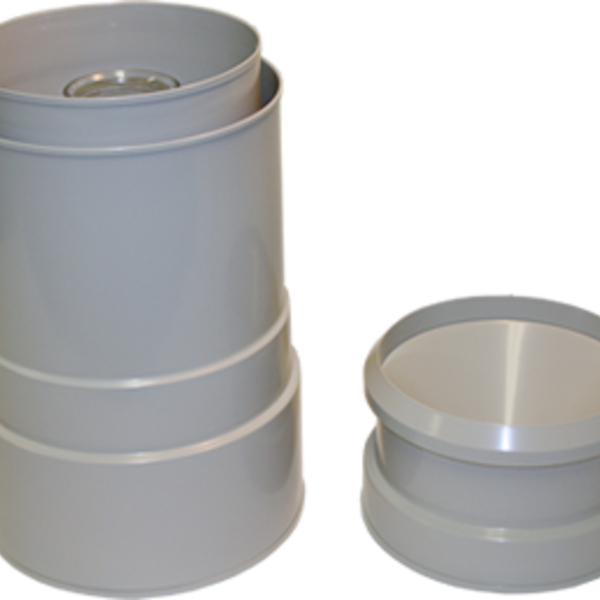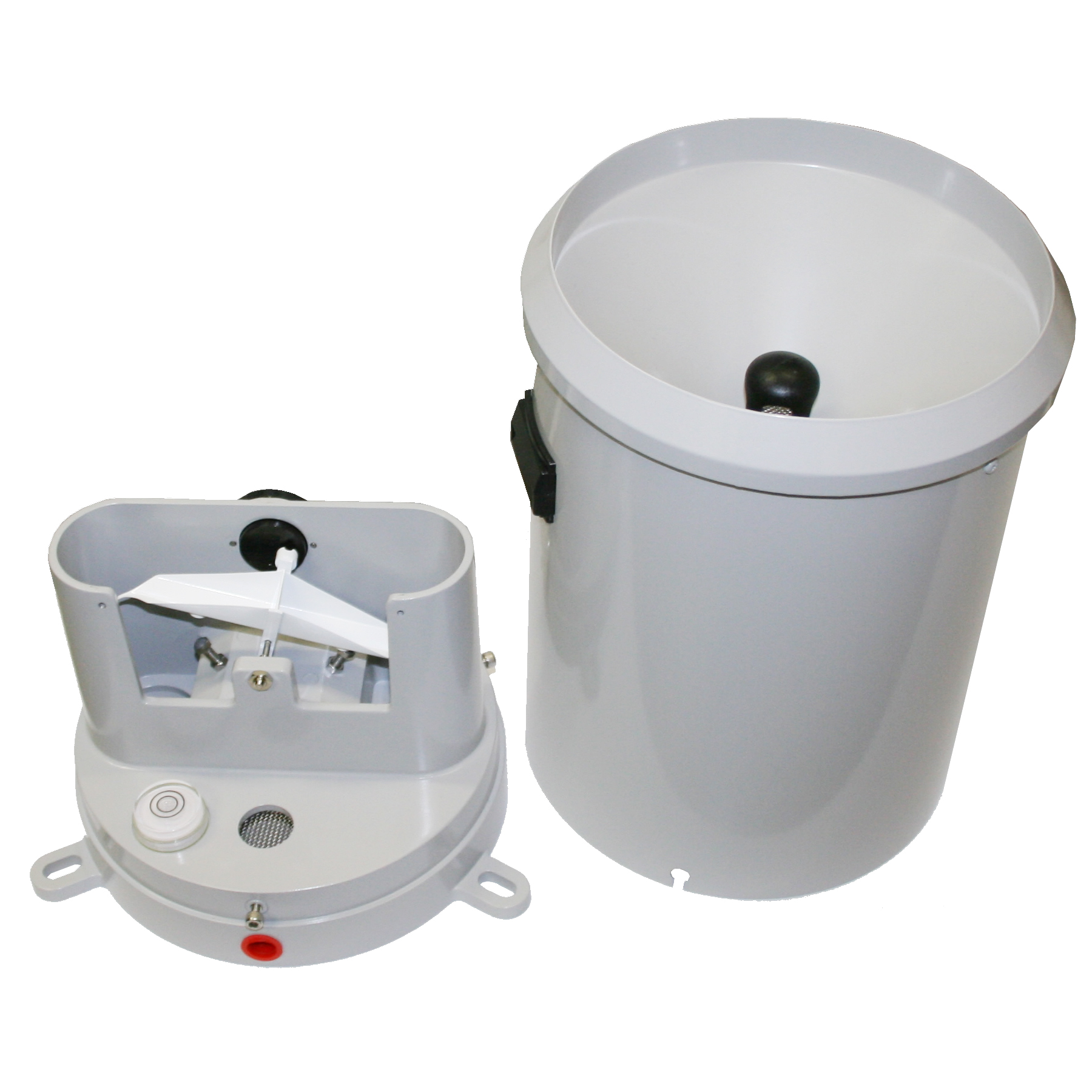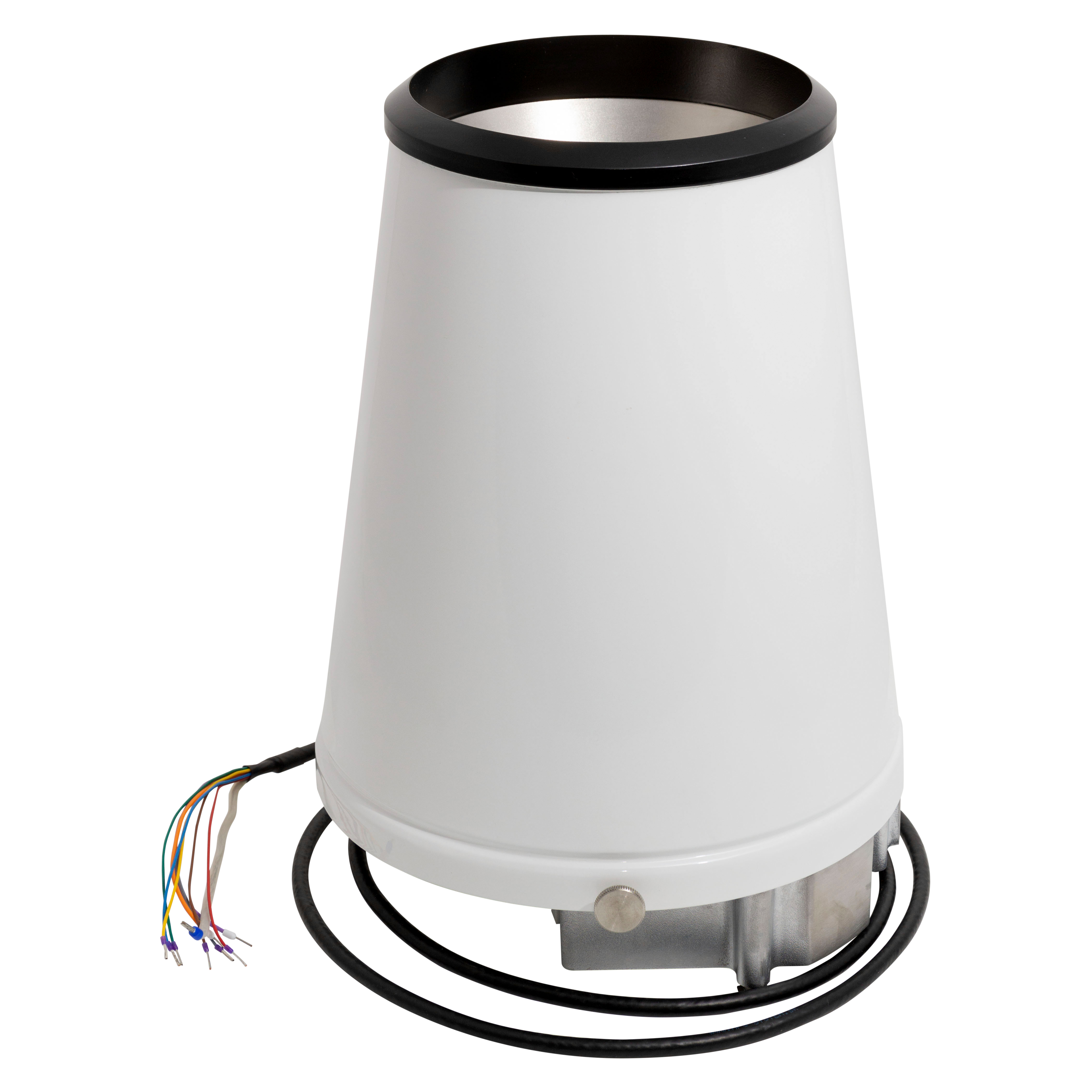SRG Standard Rain Gauge
KISTERS’ standard rain gauge SRG is recognised as the standard for non-recording type rain gauges. The SRG base, rim and enclosure assembly is constructed from corrosion resistant powder-coated aluminium. The SRG is supplied with a plastic measuring cylinder… Read more
| Dimensions |
|
| Packed Dimensions and Weight |
|
| Material |
|
| Measuring Cylinder | Plastic with minimum 0.2 mm graduations |
KISTERS’ standard rain gauge SRG is recognised as the standard for non-recording type rain gauges. The SRG base, rim and enclosure assembly is constructed from corrosion resistant powder-coated aluminium. The SRG is supplied with a plastic measuring cylinder with a capacity to hold 20 mm of rainfall. The overflow of rain is collected by the internal rain gauge collector which can store a volume equivalent to 300 mm of rainfall.
It is recommended that the gauge is read daily at a fixed time (preferably 9:00 am) and recorded. The reading is taken by simply lifting the catch from the gauge, allowing access to both the collector and rain measuring cylinder. The rainfall for the previous daily period can be read (at eye level) directly from the graduations on the measuring cylinder.
In the event of heavy rainfall where more than 20 mm of rain has fallen, the rain measure will overflow into the collector. To measure this large amount of rainfall it is simply a matter of pouring from the collector into the rain measuring cylinder and totaling the amounts.
- Standard 203 mm (8 in) diameter catch
- Corrosion and UV resistant powder-coated aluminum construction
- Measures rain to 0.2 mm increments
- 300 mm rain collector capacity
- Easily installed and maintained
The SRG is easily deployed and can be used for:
- Evaporation calculation
- Agricultural monitoring
- Citizen scientist projects
- Educational studies
-
SRG Manual
-
SRG Brochure






